Today, Tesla China held the first Model 3 delivery ceremony in Beijing. Almost at the same time, a product parameter comparison between NIO ES6 and Tesla Model 3 was leaked online.
NIO ES6 or Tesla Model 3, which one would you choose?
NIO ES6
In the article “NIO ES6 Release | 42HOW Event” released in NIO Day 2018, I briefly talked about my opinion on the ES6. However, that article was more about answering a question: What does ES6 mean to NIO? Today, I am going to discuss another question: The competition of ES6’s product competitiveness in the luxury mid-size SUV market.
NIO’s CEO Qin Lihong previously mentioned a sentence regarding ES8’s product positioning: “At this point in time, you will notice that there is no brand between Tesla and BYD.”
This is a sentence I took from Qin Lihong’s explanation. Qin’s original intention was: By 2020, there is no brand between Tesla and BYD in the intelligent electric large seven-seat SUV market.
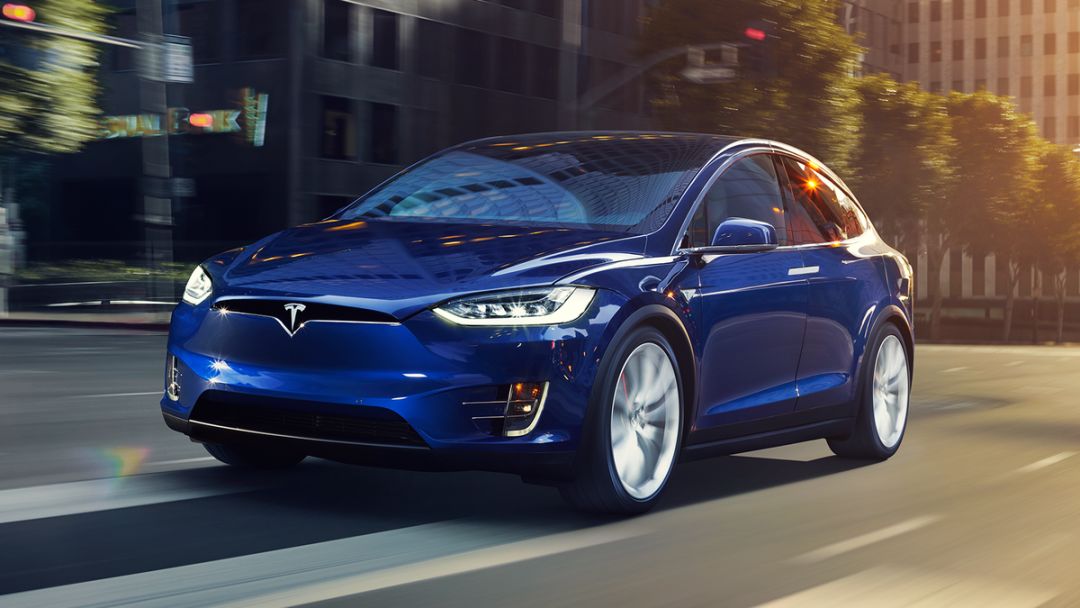
Let’s expand. Three years ago, when the ES8 was defined, the landing average price of Tesla Model S in China was between 1 million to 1.1 million, and Model X reached between 1.2 million to 1.3 million. (The two models correspond to the BMW 5 Series and Audi Q7, respectively. You will find that Tesla’s brand positioning in China is obviously higher than BBA’s.) On the other hand, BYD’s flagship SUV, before subsidy, did not exceed 300 thousand, let alone the landing price.
Today, let’s take a look at what kind of car ES8 is. It has the size of Q7 and the price of Q5. In terms of basic qualities, such as overall safety, performance, design, and workmanship (except for range), it reaches beyond the standard.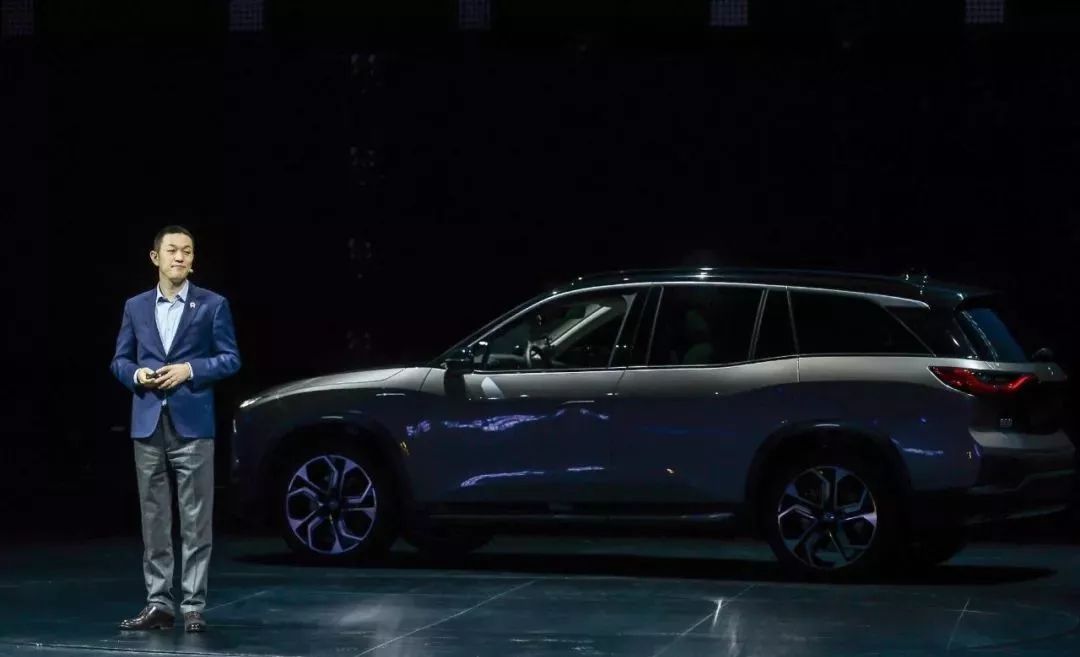
Over the past year, NIO has done a great job in continuous brand building and service capability expansion. However, I believe the above product strength is the basis for ES8’s sales of over 10,000 units in 2018 (if it weren’t for production capacity constraints, the sales would have been even better).
‘ES8 is a car without competition,’ said Qin Lihong.
So, what about ES6? First of all, it needs to be acknowledged that the market environment facing ES6 at the time of launch was very different from that of ES8, with many competitors set to launch before and after ES6 delivery.
However, compared to ES8, ES6 has two new advantages: first, there is some controversy over NIO’s service capability, but this is a capability that has been verified by more than 10,000 ES8 owners (during the recent Spring Festival travel period, the average mileage per ES8 owner was 1,132 km). Second, NIO has launched a series of continuous activities such as EP9 release, NIO House opening in first and second-tier cities, and NIO Day… which have successfully shaped China’s first luxury intelligent electric vehicle brand, providing ES6 with some competitiveness.
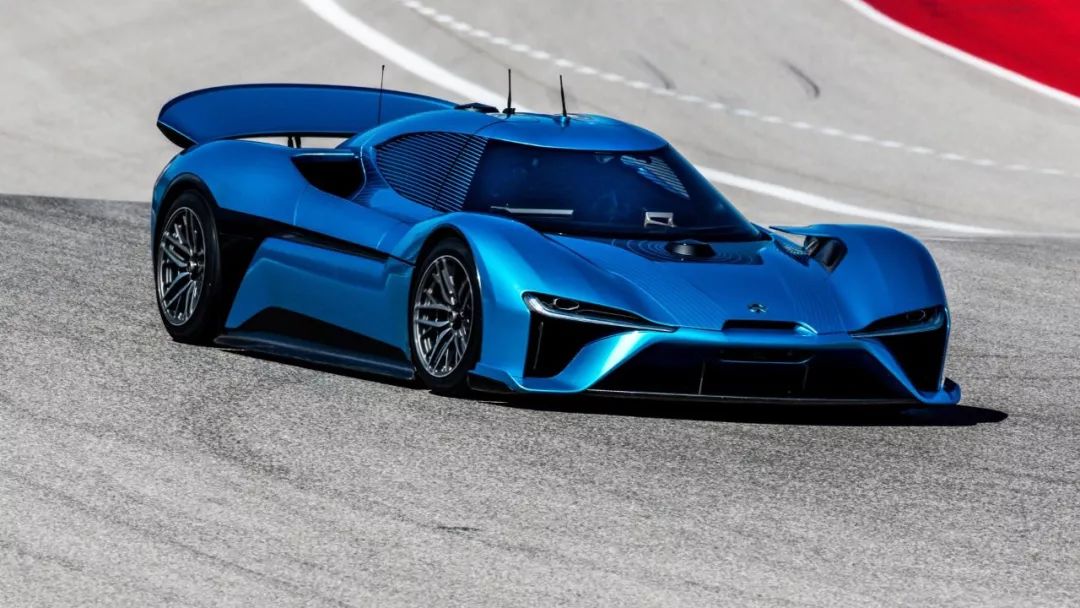
What does a luxury brand mean? It means paying a brand premium. It means that NIO, as a start-up company, may not be as good in craftsmanship and reliability as Roewe and BYD, which have more experience in car manufacturing, but consumers are still willing to tolerate these minor flaws and support this emerging brand.
This means that even if ES6’s product strength is weaker than that of Roewe Marvel X and BYD Tang EV, NIO can still achieve comparable sales at a higher price to ensure reasonable profits. The reality is that ES6’s product strength is not weaker than that of Marvel X and Tang.
Most of ES6’s target audience will not choose the latter two out of cost-effectiveness and reliability considerations, so there is limited pressure from these two models on ES6.
What if we aim higher? The rationale is the same at the brand building level.
Jaguar’s first pure electric SUV and ES6 competitor I-PACE has already been launched in China, priced at RMB 648,000 to RMB 736,800. If we compare the basic parameters, this car is almost entirely inferior to ES6. Both models have a Founder’s Edition, with I-PACE priced at RMB 736,800 and ES6 at RMB 548,000.
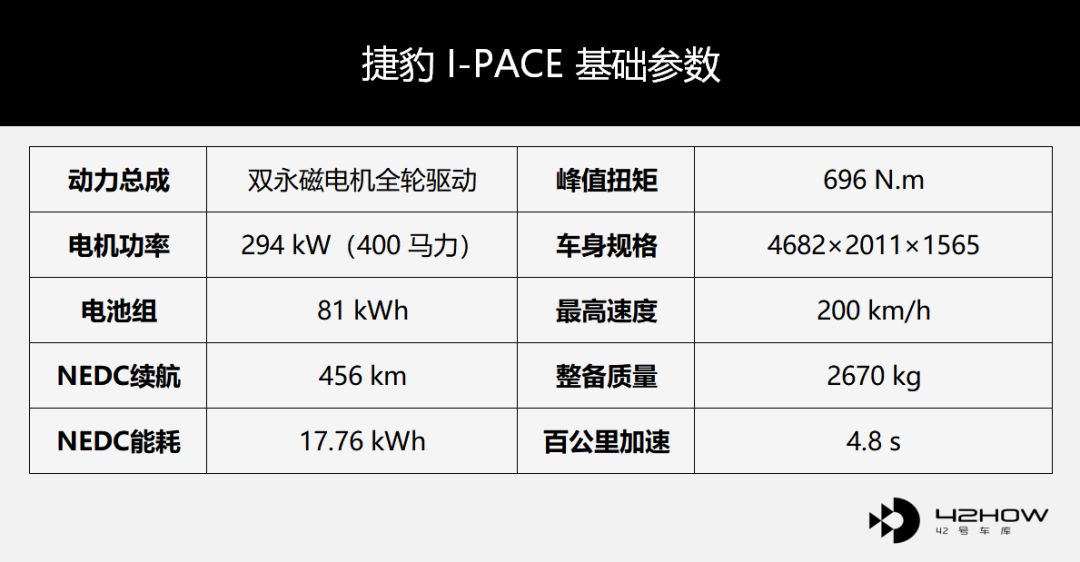
Apart from I-PACE, there are upcoming models like Mercedes EQC, Audi e-tron, which inevitably will be priced higher than ES6 while possessing weaker product capabilities than ES6. This is because these luxury brands are more established and recognized among the general consumers compared to NIO. This is the brand value.
Therefore, in my view, the time and price gap that ES8 enjoyed is significantly narrowed on ES6, as this non-product advantage is greatly reduced. ES6 has just been launched and is already facing challenges from competitors, primarily from the established luxury brands. However, at the same time, NIO has efficiently established its own brand influence and service capabilities.
Speaking of service capabilities, regardless of how much criticism it faces, it is still an indisputable advantage unique to NIO, with high customer satisfaction on the user side, particularly considering the upcoming Tesla Model 3.
Tesla Model 3 VS NIO ES6
Comparing the space and model classification, it is difficult to say that the two cars will become competitors.
However, from another perspective, these two cars are some of the few qualified intelligent electric vehicles that are similarly priced. “Intelligent” and “electric” may not be the core factors that influence your car purchase, but those geeks who are courageous enough to try new things and believe in innovative change will find them very important.
Why choose Model 3 instead of ES6?
For those who have reserved or are potential reservation holders of Model 3, I believe there are several main reasons.
Firstly, as mentioned earlier, Tesla’s brand positioning in China is higher than that of BBA, whereas NIO, although it is the first Chinese luxury brand, is still positioned slightly lower than BBA in terms of price.
 NIO brings us a luxurious brand that represents a high-quality lifestyle and brand tone. However, for Tesla, it is difficult to discuss the brand without separating it from Elon Musk. The grand blueprint of Elon’s SpaceX Mars landing plan, Neuralink brain interface plan, and Tesla’s “acceleration towards sustainable energy transformation” are a few of the grandiose visions led by entrepreneurs that profoundly influence humanity’s future.
NIO brings us a luxurious brand that represents a high-quality lifestyle and brand tone. However, for Tesla, it is difficult to discuss the brand without separating it from Elon Musk. The grand blueprint of Elon’s SpaceX Mars landing plan, Neuralink brain interface plan, and Tesla’s “acceleration towards sustainable energy transformation” are a few of the grandiose visions led by entrepreneurs that profoundly influence humanity’s future.
This is the biggest advantage that Elon has given to the Tesla brand.
Secondly, there is a technological gap between the two brands.
We must admit that NIO’s technological capabilities are not poor, and this advantage becomes more evident when compared to BBA level electric cars. But what is Tesla? Tesla is a veteran electric car manufacturer.
ES6’s hundred kilometers acceleration limit is 4.7 seconds, and Model 3’s hundred kilometers acceleration limit is 3.5 seconds. This difference is clearly visible. Regardless of how small the difference is, you should know one thing: “in the midsize passenger car market, 3.5 seconds represents ‘first,’ while 3.6 seconds and above represent ‘the rest.'”
You may think that this difference is negligible, but in the eyes of geeks, it represents the ultimate and uncompromising.
The more significant technological gap comes from the automatic driving assistance system. Autopilot is currently the world’s only automatic driving assistance system that achieves data production, data collection, data processing, and data refining. This closed-loop data flow iteration and accelerated improvement R&D model is ubiquitous in internet products, but only Tesla has brought it to the automobile industry.
On the other hand, the NIO Pilot is expected to see genuine updates when the ES6 is delivered.
Why would you choose the ES6 over the Model 3?
First, its practicality.
Practicality is weak compared to “world-changing.” However, you should know that cars are the most substantial household asset after housing. For this type of low-frequency high-value commodity, meeting one’s own needs is what most people consider mainstream.
Although the ES6 has competing products, when compared solely with the Model 3, there is no competition.This is because for most young families, ES6 is a product that innovates 90 points in innovation, comfort, reliability, space, function, and workmanship, while Model 3 is a product that innovates 99 points, with varying levels in subsequent dimensions.
Secondly, that is service capability.
According to Li Bin’s statement, before the establishment of NIO, he established the positioning of NIO as a “user enterprise”. It is difficult to say whether this output of a complete closed-loop high-spec user experience is differentiated against BBA or differentiated against Tesla, or both.
However, for Tesla, which strictly controls cost expenditure, sales, service, and delivery system, NIO’s service system is indeed a precise blow.
Tesla is working hard to improve the problem of parts taking two or three months to arrive and insufficient after-sales and maintenance capabilities. On the other hand, NIO is providing the best closed-loop user experience in the industry. If you have no faith in the brand, then NIO is certainly a good choice. More importantly, Li Bin’s ambition is not limited to this, and he hopes that NIO can become “the company with the highest customer satisfaction in the world”.
Of course, one place that is not entirely fair is that the Chinese market does have a higher enthusiasm for SUVs. From this perspective, later on, comparing NIO ET7 with Model 3 (or Model S?), or comparing Model Y with ES6, will more intuitively reflect the competitiveness of the two brands.
This is also why Li Bin proposed the battle of 2023. By then, both Tesla and NIO have formed complete product lines, not just automotive product lines, but also energy product lines, and autonomous driving product lines.
We look forward to the day when both brands will engage in an all-out, head-to-head PK.
Attachment: 42HOW Model 3 VS ES6, By Chenhui

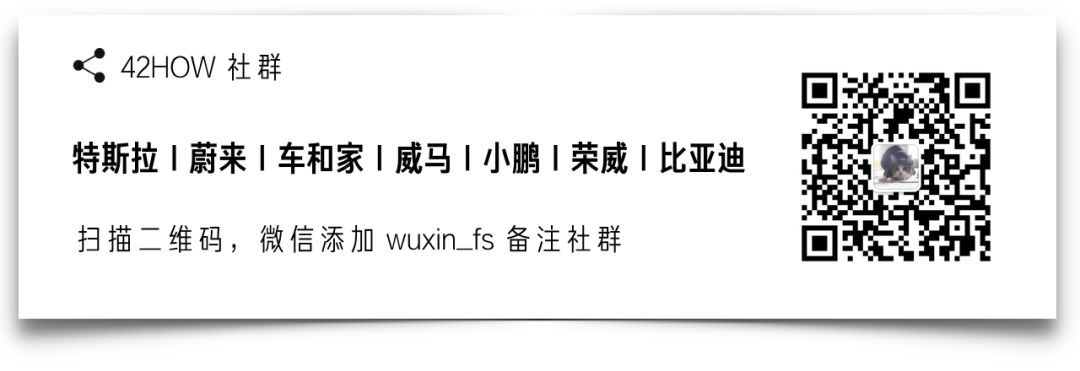

This article is a translation by ChatGPT of a Chinese report from 42HOW. If you have any questions about it, please email bd@42how.com.
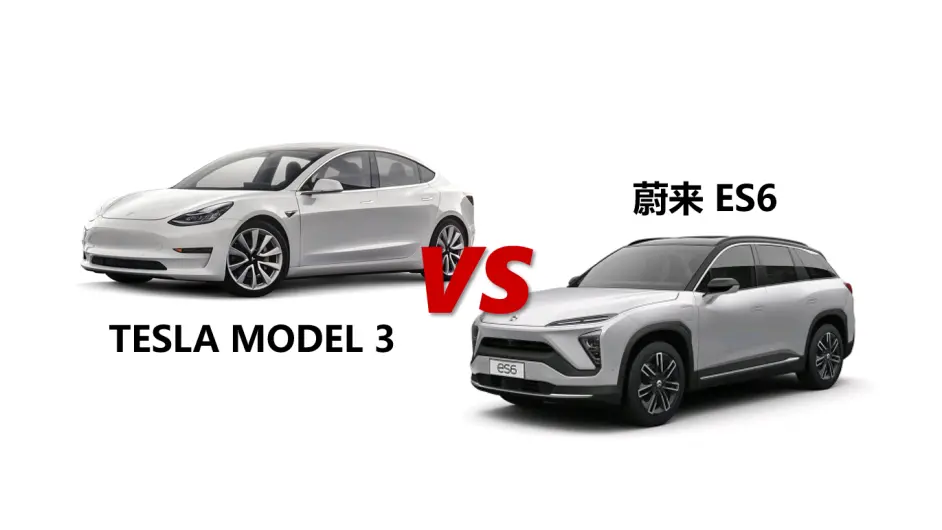
 *
*